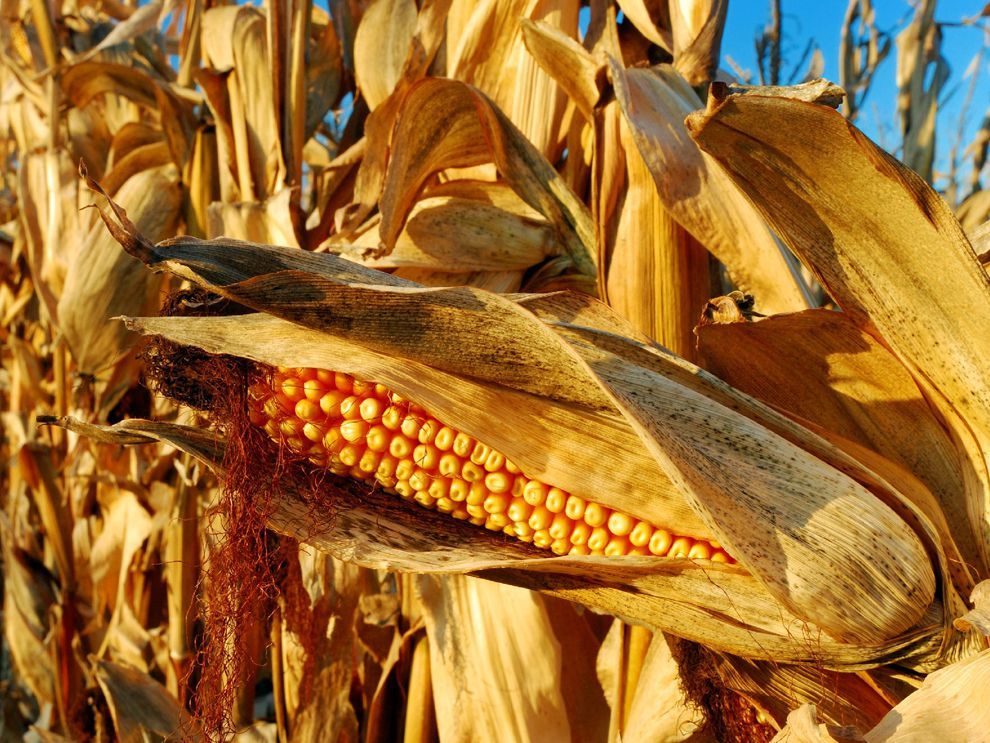Mexico was ranked among the largest corn importers countries in the world, considering the average of external purchases between 2017-2018 and 2019-2020 cycles.
The average of corn imports from Mexico was 17.7 million tons.
In addition, Mexico would remain in that first position in the 2020-2021 season, with 17.5 million tons, an increase of 4.6%, according to data from the Food and Agriculture Organization of the United Nations (FAO).
Top 10 maize importers

Corn is a cereal that is grown around the world and is one of the most consumed foods on the planet. The main component of the corn kernel is starch (72% to 73% of the kernel weight), followed by protein (8% to 11 percent).
The corn grain is used directly for food and feed (production of beef, pork and poultry, and dairy products).
Corn importers
Other major corn importers, considering the same average, were: Japan (16 million tons), the European Union (as a block, 20.6 million), Egypt (10.2 million), the Republic of Korea (10.1 million), China (9 million ), Iran (9.4 million), Algeria (5.4 million) and Colombia (4.3 million).
Those same corn importers would remain as such in the 2020-2021 season, in accordance with FAO projections.

After falling in 2019/2020 for the first time in more than two decades, driven by Covid-19 related cuts in demand for ethanol and, to a lesser extent, demand for food, global corn utilization is expected in 2020/2021 recovers by 33.0 million tons (2.9%) from 2019/2020, to 1,169 million tons in 2020/202, according to the FAO.
Industrial use of coarse grains is forecast to recover strongly in 2020/2021, largely due to expectations of much higher use of corn after a 5% drop in 2019/2020.
FAO projects that most of the recovery in industrial demand for corn in 2020/2021 comes from the United States, where driving restrictions related to the containment of Covid-19 nearly halved demand for ethanol and fuel in the country.
While the early reopening of economic activity and the relaxation of movement restrictions from mid-2020 is seen as helping demand for ethanol regain momentum, the industrial use of corn is still partially recovering in the United States.
However, if implemented, a recent proposal by the United States Environmental Protection Agency to lift the national biofuel blending requirement by 2021 could contribute to recovery.
Biofuels
In Brazil, an expected increase in corn-based ethanol production following the increase in the volume of biodiesel blending mandate in early 2020 suggests a likely full recovery in industrial demand in 2020/2021 from the decline in 2019 / 2020.
In turn, in China, despite the suspension of the national mandate to mix ethanol to 10%, industrial demand recovers almost completely in 2020/2021, driven by efforts to increase the production of corn-based starch .
Global industrial use of barley is also forecast to increase in 2020/2021, an increase of 0.7 million tonnes (1.8%) from 2019/2020, based on expectations of increased uses in the European Union and the Russian Federation .
With a forecast of just over 100 million tonnes, the use of barley feed is forecast to increase by 1.7 million tonnes from 2019/20, mainly due to stronger use in the European Union.
An anticipated increase in the use of food for sorghum in China is considered the main driver of the projected increase of 2.6 million tons in global use of food for sorghum in 2020/2021, to just over 21 million tons.
While Mexico has remained for several years as one of the largest corn importers in the world, the United States is the largest producer and global exporter.
Japan has competed with Mexico for the top position among the largest corn importers in the world in recent years.
In addition to Mexico, Colombia stands out among corn importers in Latin America.

